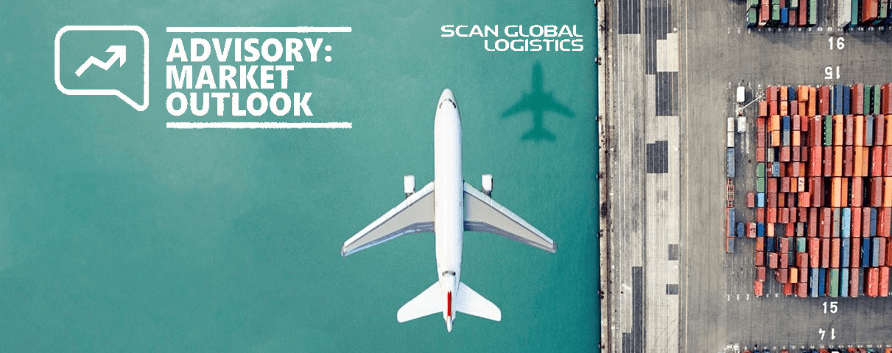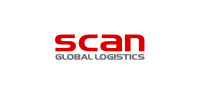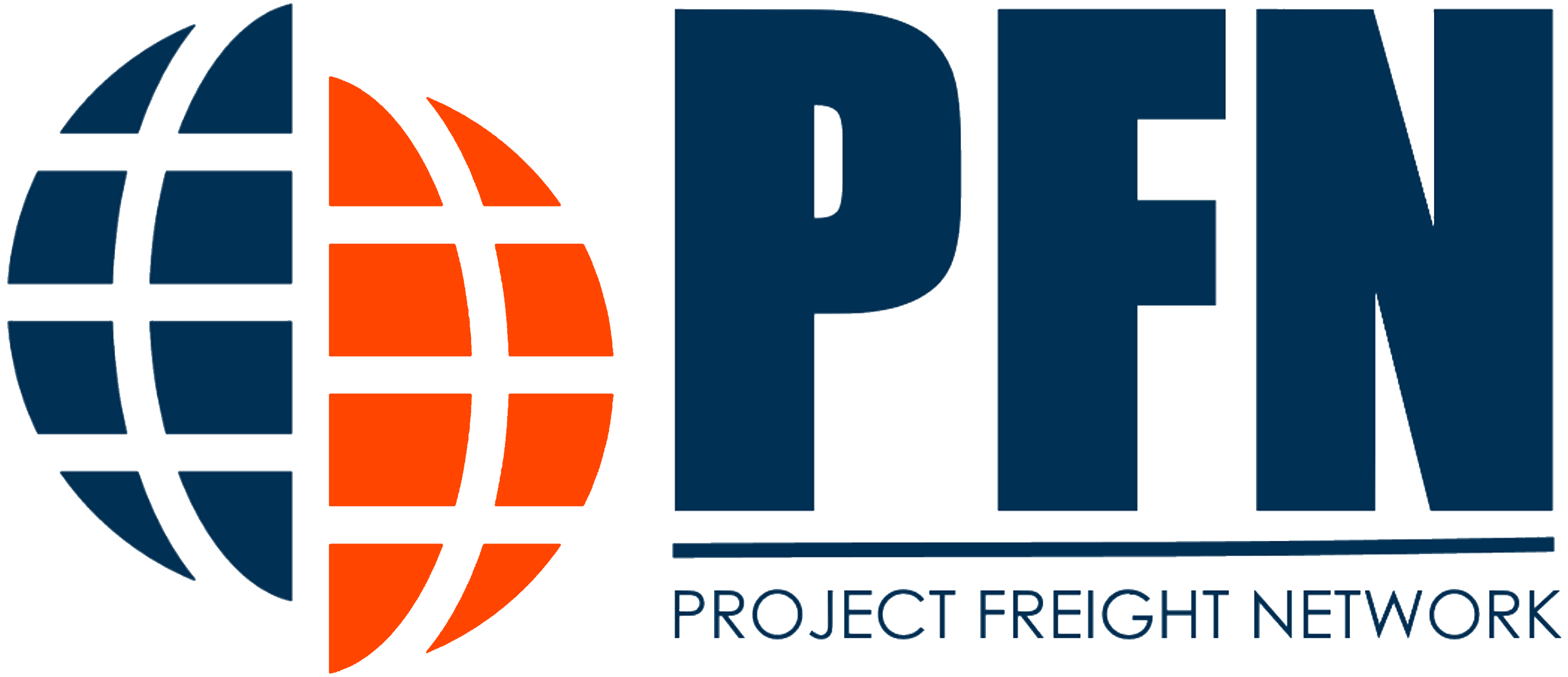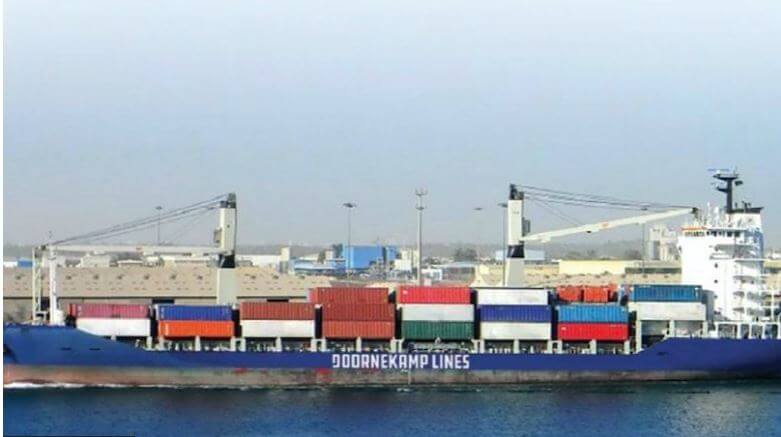It is said that all good things come to an end, and the same seems to be the case for the bad things in the transport market as well. The first concrete signs of normalization are now apparent within ocean freight. The airfreight market and in particular exports ex Asia is as expected seeing a surge in volumes ahead of Chinese New Year as shippers and consignees scramble to ensure most critical shipments are expedited prior to the closedown of factories.
Scan Global comes with an updated Market Outlook advisory Air, Ocean & Rail Freight on January 28, 2021.

We can see a positive effect by placing bookings well in advance this giving them the opportunity to research all potential options in the market. So, what does the economic crystal ball tell us for the overall
market? As the most critical corner (this time around) seems to have been turned, the focus now turns to expectations for 2021. In essence, there are two opposing views on the economic development in 2021 and thus also the impact on volume development:
Scenario 1 – the ketchup effect
On one hand, some analysts point out that we have seen the most significant ketchup effect in history with a total decoupling of economic indicators relative to volume development. Taking the US, the single largest economy in the world numbers tell a story where total sales in the US rose 2.2 % year-on-year in October, and US imports were up a whopping 20.4 %. If this is the case, and that is a big “if”, it means that the volume surge largely has been boosted by an inventory build-up and less so actual demand. As a result, it is very likely that the increase in volumes will come to an abrupt halt in 2021 when inventory levels need to be adjusted. A few analysts supporting the conservative outlook for 2021 also pointed out that we could see a shift in consumer spending from physical goods to services such as travel and leisure with expected ease of travel restrictions during this year.
Scenario 2
On the other hand, the simple counterargument supporting continued growth in global airfreight and ocean volumes is that consumers will keep spending as part of what is best described as a “consumer party” – this is a direct effect of the relief and joy of restrictions being lifted worldwide.
It is also expected that stimulus packages to re-boost the economies will continue to fuel consumer spending. Finally, financial indicators also show that personal savings on average have increased during the pandemic, and if unleashed during 2021 this will sustain demand.
Conclusion
What is for sure, is that 2020 showed us that we cannot rely on the GDP (Gross Domestic Product) development as an indicator for volume development. Add on top a historic high discipline by especially container carriers – which some will argue is as much an over-enforced control of supply and demand – the situation could very likely be that capacity will be scarce in 2021 as well. This means a continued focus on forecasting, scenario planning and overall utilizing all products and solutions in the
the toolbox will remain critical as we set sail for a new and exciting year.
Forecasts for mid-and long-term effects
What now remains to be seen is the mid-and long-term effects, in particular when it comes to the trading relationship between carriers, customers, and forwarders. We foresee an increase in interest and demand for long-term agreements with the firm and secure mutual commitment in place with a lesser degree of speculation. The current level of supply chain disruption is unsustainable for all parties and this will drive a different behavior in the years to come. As always, we wish to emphasize that we remain confident in our ability to find solutions to the challenges we jointly face.
You can get into details within the different transport modes in the next pages and as well as the traffic light for trade lanes. Read the full report here https://www.scangl.com/news/market-outlook-advisory

All information is given to the best of our knowledge and is prone to change.





